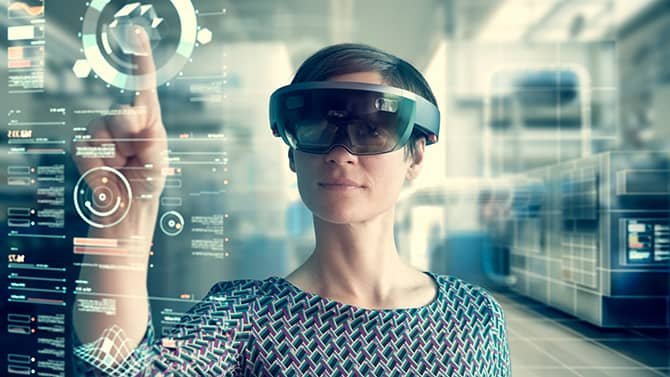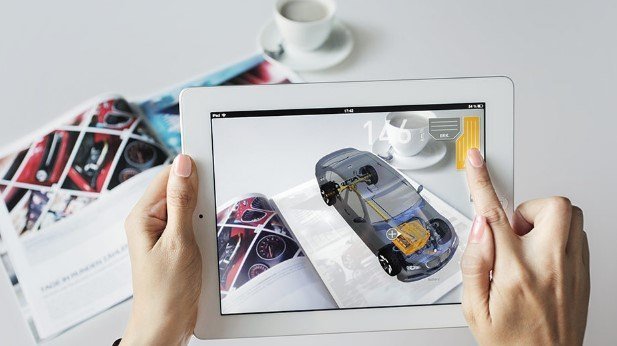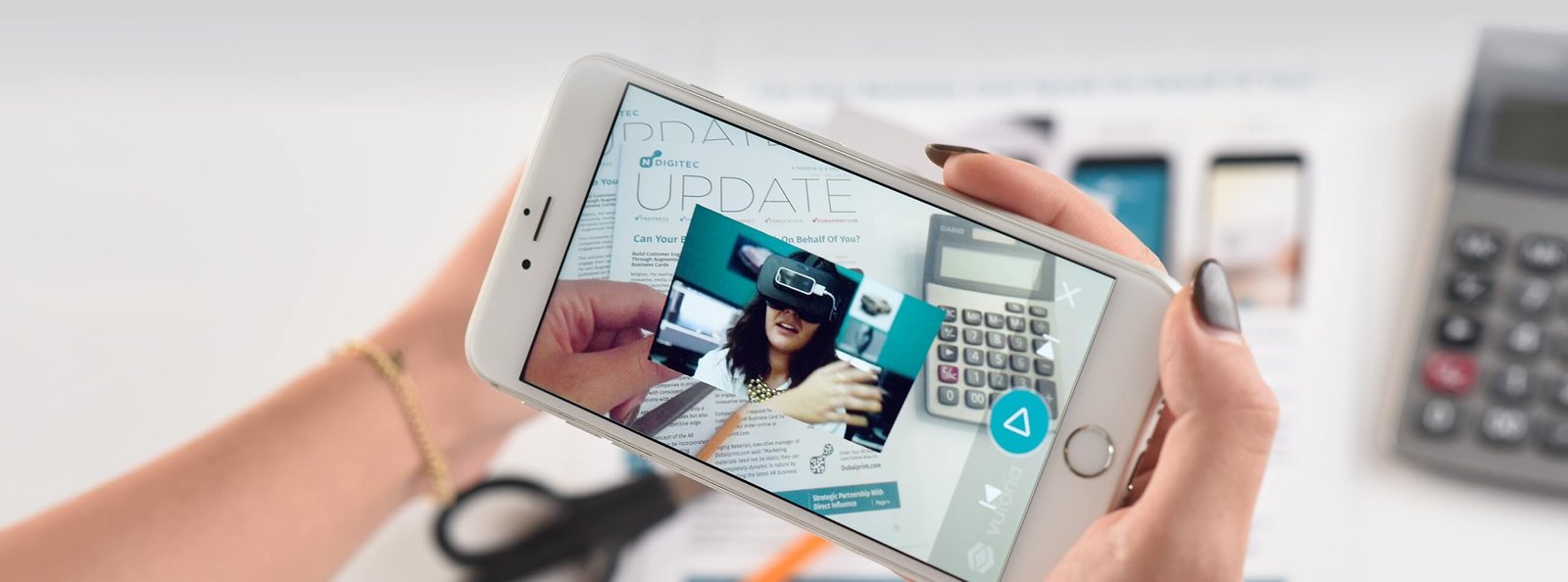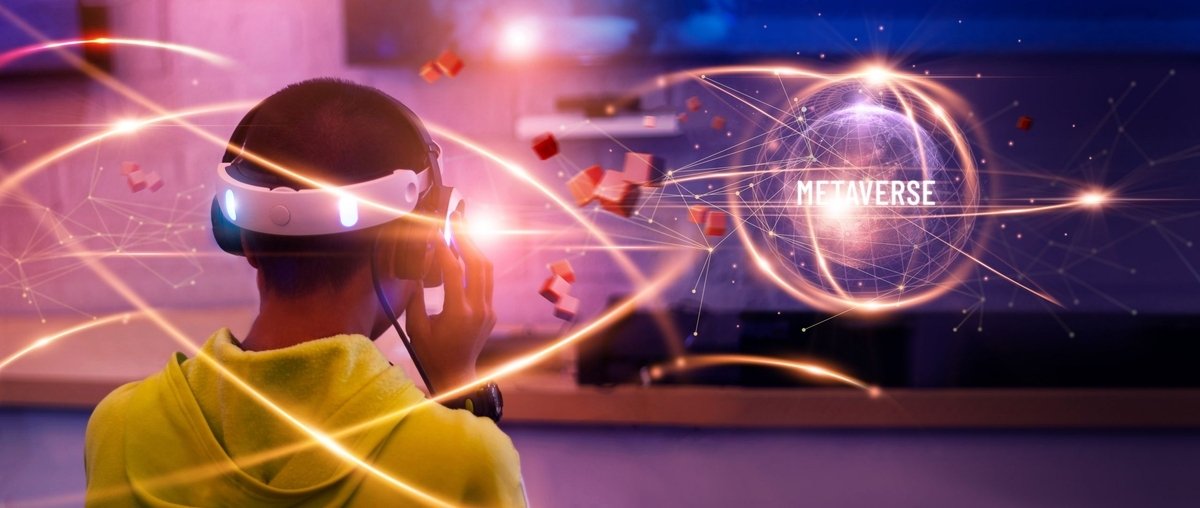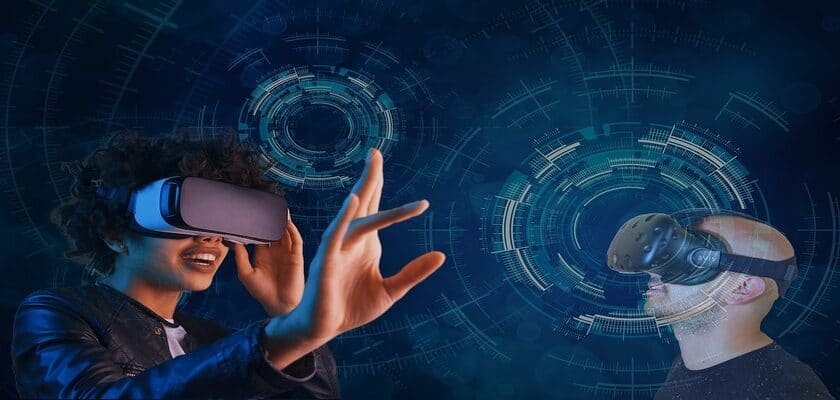What Is The Future of Augmented Reality In Education?
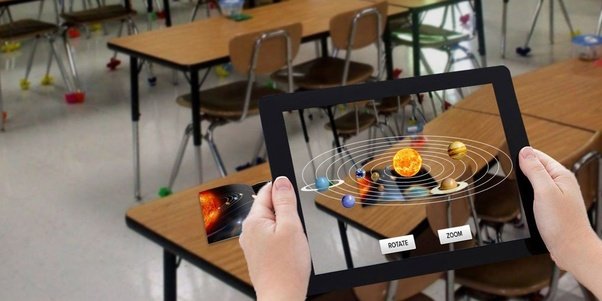
What Is The Future of Augmented Reality In Education? The learning procedure will influence. AR has the potential to modify the location and time of analyzing, to present new and additional methods and methods. Capabilities of Augmented Reality technology can make courses more engaging and information more apprehendable. Educators understand that the learning procedure should be about imagination and interaction. Their objective is to get them interested in a topic while teachers do not have to amuse all students in mathematics. Augmented reality apps are more used in educational purpose.
What is augmented reality in the classroom?
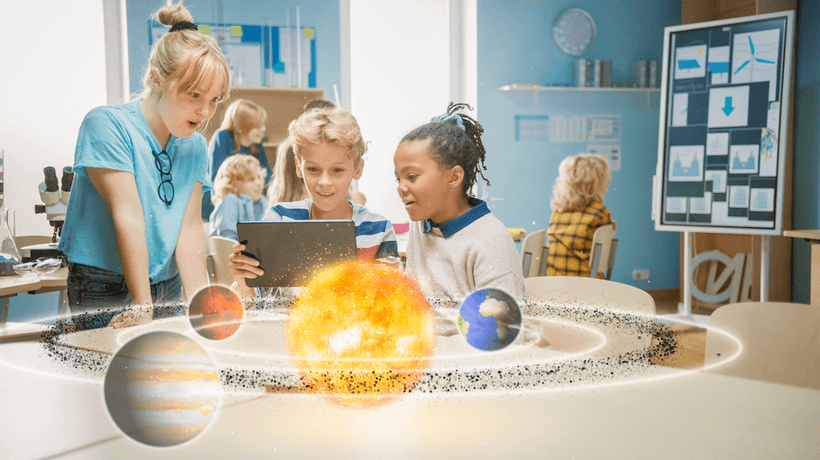
Augmented Reality (AR) in the classroom is a technology which overlays interactive digital elements — like text, images, video clips, sounds, 3D models and animations — into real-world environments. Not only does AR improve learning, but it also provides opportunities to pupils to make their own content. Librarians and technology integration experts are the ones to help their fellow educators integrate new technologies. An investigation of the web reveals an assortment of online AR tools and programs for virtually any subject. A number of these apps promote skills like originality, problem-solving, critical thinking, analysis, coding, and pragmatic testing.
How is augmented reality used in education?
Educational institutions which use the newest technology from the classroom in addition to in-field trips will create a very different learning experience for your Alpha kids. And with it, they will bring about better preparation for the future’s leaders. Supplying an engaging learning experience is paramount for the success of any educational establishment, and specifically, the achievement of this instructor. Due to emerging technologies like Augmented product, Virtual and Mixed Reality (AR/VR/MR) the classroom now can integrate AR and VR technologies which could make learning more effective, quicker, and a whole lot more enjoyable.
Learning Benefits of Augmented Reality in Education & Training
Augmented Reality applications in schooling provide new methods of teaching and learning, bridging the gap between the virtual and actual world. The advantages of AR in schooling are increasingly being acknowledged by researchers on this issue.
Researchers have reported that Augmented Reality experiences have on students compared to ones that were non-AR:
- Increased content understanding
- Learning arrangement function
- Learning language institutions
- Long-term memory retention
- Improved activity performance
- Improved collaboration
- Increased pupil motivation
The investigators also reported a couple of learning detriments
- Care tunneling
- Usability difficulties
- Ineffective classroom
- integrationLearner differences
Benefits and Examples of Augmented Reality in Education

AR’s comparative seamlessness of electronic objects inside the”real world” promotes interactivity and participation. It optimizes pupils’ capacity to devote their time studying curricular subjects while minimizing time spent studying how to use the newest technician.
Therefore, AR provides pupils with opportunities to deepen their knowledge within regions, for example:
- Reading
- Dealing with amounts
- Spatial concepts
- Playing
- Content production
- Real-life surroundings & situations
Benefits specific to these types of apps vary:
- Let students experiment in a more secure environment than handling compounds in real life could otherwise enable.
- Learning about plants and their interaction with the surroundings through virtual expansion cycles when distance, year.
- Save budget that would otherwise restrict pupils’ ability to make these observations and investigations in the classroom.
- Improving understanding of abstract, spatial geometric notions through exploitation and multi-angle monitoring of Digital 3D objects.

